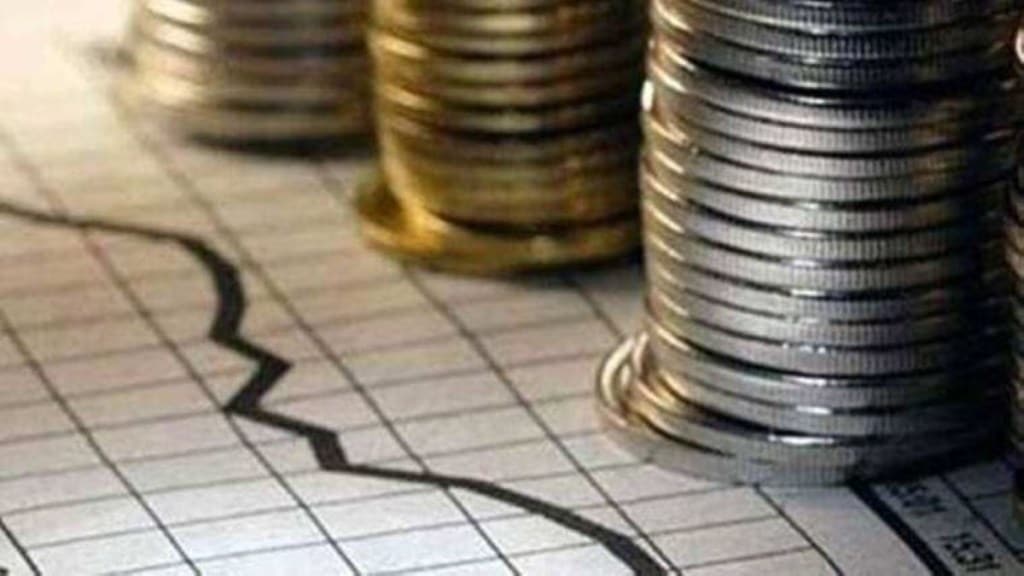Amid several factors – both structural and transient – that have contributed to an above 8% real GDP growth in the first three quarters of FY24, one of them was a low GDP deflator.
An implicit price deflator is a “comprehensive” measure of inflation in the economy. It’s an index constituted with WPI and CPI inflation figures, broadly in the ratio of 65:35, and is then compared with the previous year’s index to get the growth figure.
In other words, the ratio of nominal GDP growth to real GDP growth is the GDP deflator (in YoY terms). When the deflator is negative, it will boost the real GDP growth. FY24 observed WPI inflation averaging at (-)0.7% as against 9.6% in FY23, the main reason why the deflator turned out to be unusually low.
“The manufacturing deflator has been negative (at -1.7% y-o-y for FY24) as WPI was negative. This could have pushed real GDP growth figures,” said Swati Arora, economist, HDFC Bank. Arora has calculated the (-)1.7% manufacturing deflator figure according to the second advance estimates (SAE), released by the National Statistical Office in February.
One paradox is that while even as the deflator is very low, the Reserve Bank of India is unable to let the interest rates reduce, as it is bound by the inflation targetting framework, with the consumer price inflation as the yardstick for gauging price pressures in the economy.
The NSO has projected the real GDP growth at 7.6%, and nominal GDP growth at 9.1%, for FY24, and the deflator is around 1.5% y-o-y. In FY23, the GDP deflator was 7% y-o-y. In the first three quarters of FY24, the deflator was around 1.1% y-o-y.
Economists use different weights for calculating deflators for three broad sectors of the GDP – agriculture, manufacturing and services. For the farm sector, the deflator gives more or less the same weight to both WPI and CPI; for manufacturing WPI carries a predominant weight, around 75%; and for services largely CPI is accounted for.
FY24 saw real manufacturing GDP growth getting a massive boost from the deflator, while services didn’t. “The deflator in manufacturing turned negative at (-)1.9% in April-December FY24 v/s 6.7% in FY23, while services GDP deflator growth slowed to 1.8% v/s 7.6% in FY23,” said Gaura Sen Gupta, economist, IDFC FIRST Bank.
“The relatively more pronounced moderation in manufacturing deflator was due to WPI inflation turning negative. Meanwhile, the lesser moderation in service deflator is due to higher weight of CPI inflation which averaged at 5.4% in FY24,” said Sen Gupta.
For the current financial year, FY25, the GDP deflator is expected to pick up to 4.7% y-o-y, with rise in WPI inflation due to base-effect and firming in global commodity prices, which could exert downward pressure on real GDP growth, say economists.
Another factor which supported growth in FY24 was reduction in input costs, which supported nominal growth of companies’ profit, as reflected in the GDP. Since GDP is value based measurement of goods and services, and not a volume one, low input prices aided GDP growth in FY24.
“In FY25 the support to companies profit growth from lower input cost is expected to wane, which may dampen GDP growth,” said IDFC’s Sen Gupta. The RBI has projected real GDP to grow at 7% in FY25.
